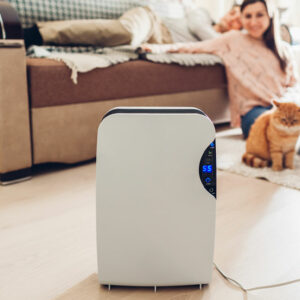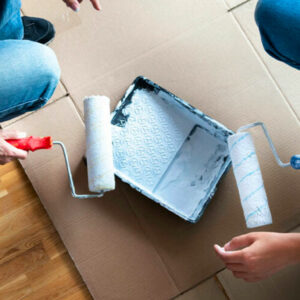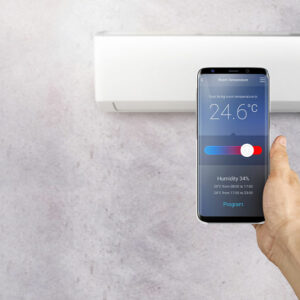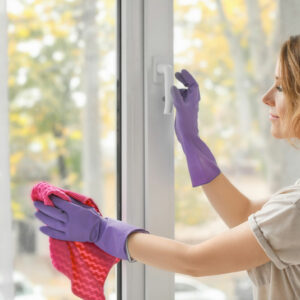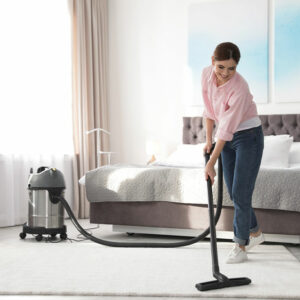
01
5 common mistakes to avoid while using a vacuum cleaner
Many people invest a lot of money in vacuum cleaners but do not know how to use them correctly. Vacuum cleaners come with multiple attachments like extension wands, dusting brushes, and crevice tools that facilitate the cleaning of different things. Not using them the right way reduces their cleaning efficiency. They can also malfunction and get damaged. Keeping this in mind, we have listed five mistakes to avoid when using vacuum cleaners: Not emptying the dust bag on time A vacuum cleaner collects dust, dirt, and other fine particles in a duct bag. Operating while the bag is full can cause its performance to drop significantly. The device will not be able to gather more dust and dirt. Further, it will interfere with and restrict the airflow, causing the motor to overheat. If this happens frequently, the life span of the appliance gets reduced. Hence, it is crucial to empty the dust bag on time. If you find opening the bag frequently cumbersome, consider purchasing a vacuum cleaner with a larger dust bag. Most come with replaceable ones; for others, you may have to empty the dirt into the bin and rinse the bag with warm water. A few smart vacuums in the market have an intelligent indicator that sends an alert when the dust bag has reached or is about to reach its capacity and requires emptying. However, these are usually expensive. Trying to clean everything This is one of the most common mistakes that cause severe damage to vacuum cleaners. Many people try to vacuum just about everything around the house without first reading the user manual, which generally lists the things that can and cannot be vacuumed. Most vacuum cleaners are designed to pick up everyday dust and dirt. But if you run it over hard and large objects that lie on the floor, such as a penny, a small piece of stone, or a screw, it can severely damage or even break the appliance.
Read More 

